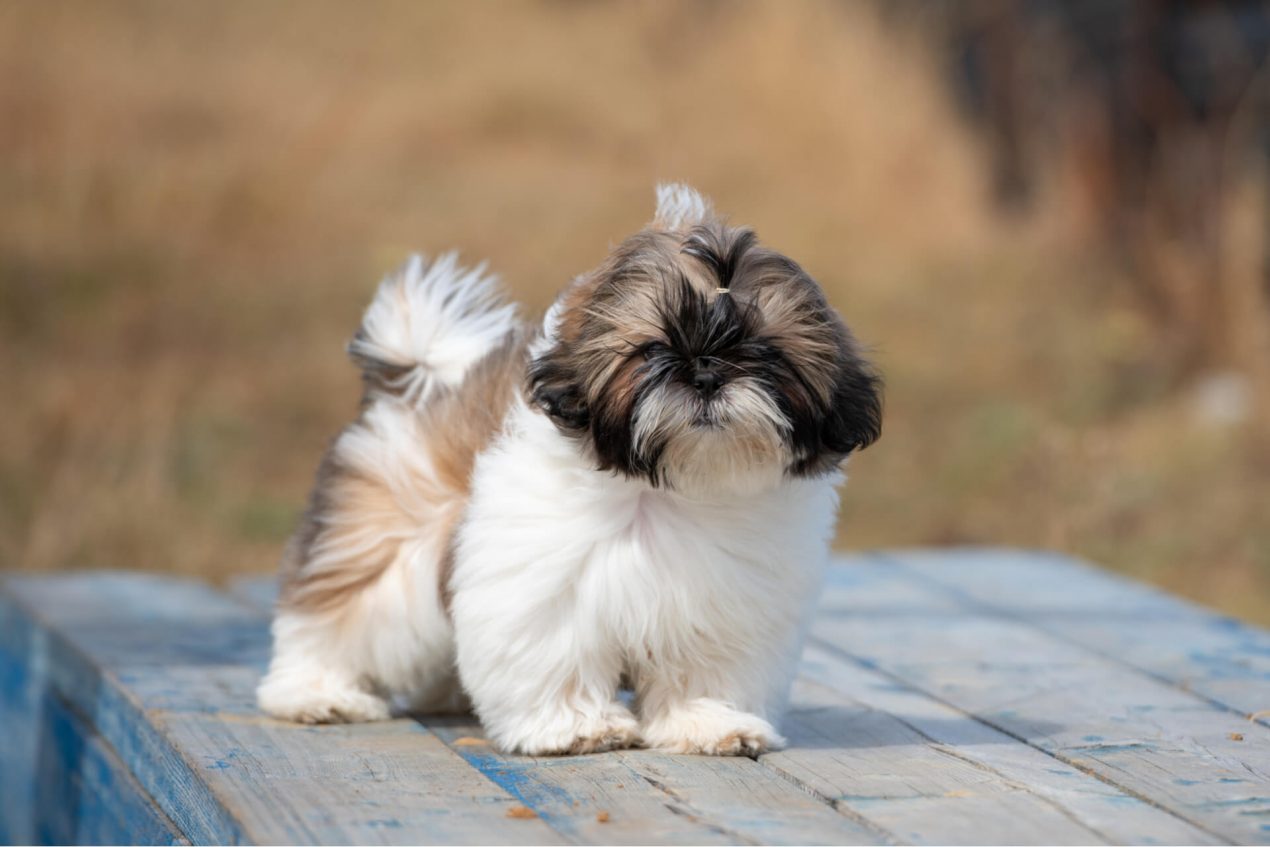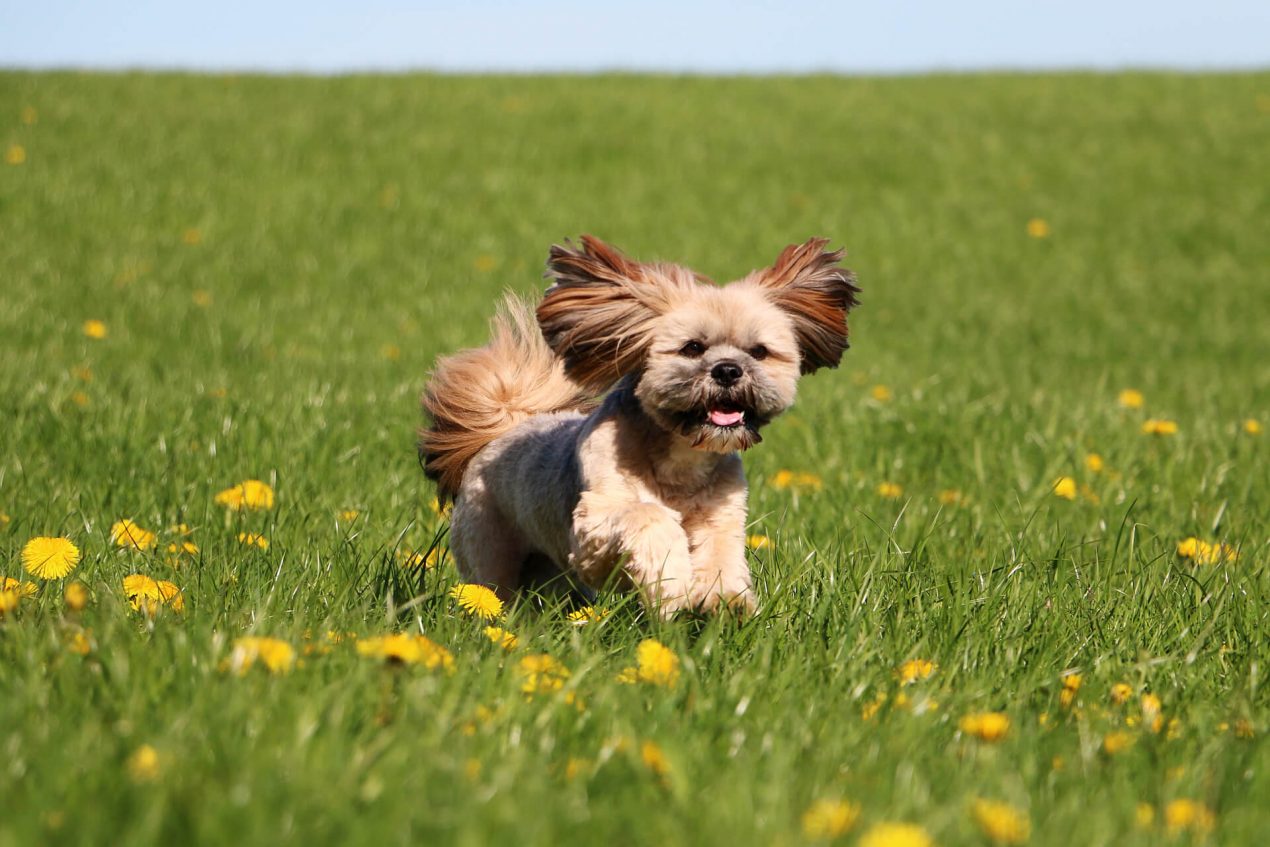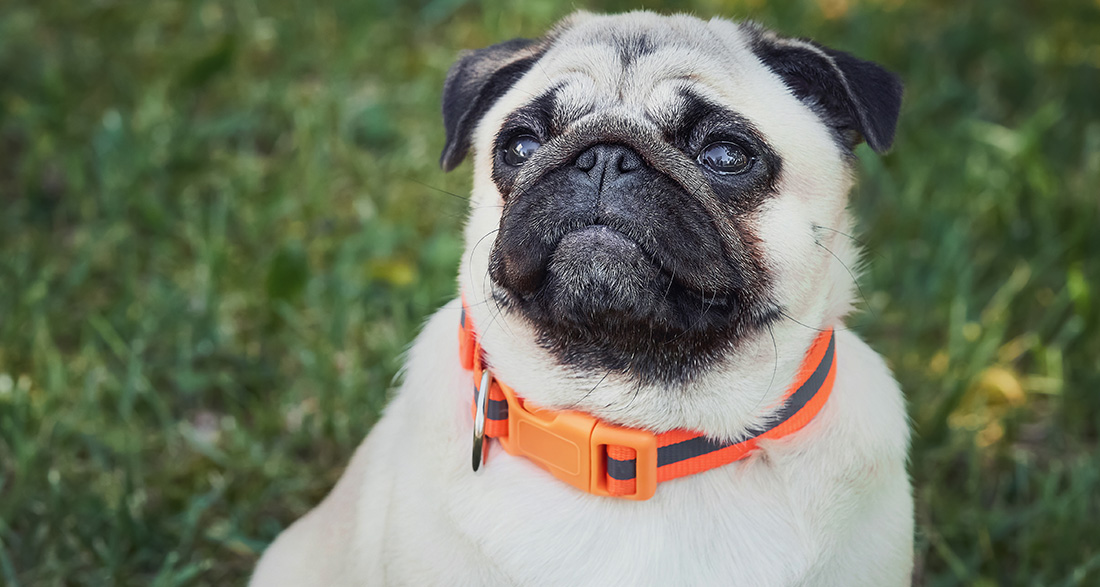Companion and society dogs are absolutely suitable for everyday life, exhibiting good social behavior that facilitates their training. Breeds that have proven to be good and reliable companions are classified under FCI Group 9. This group comprises breeds with well-established character traits, forming the perfect foundation for a harmonious coexistence between dogs and humans.
What is a Companion Dog?
FCI Group 9 includes dog breeds known for their exceptional social compatibility. The breeding of these breeds focuses deliberately on character traits and qualities that dogs need to navigate the various stimuli of modern life effortlessly and remain composed. The primary role of a companion dog is to be a good and loyal companion, providing company in all situations. Although FCI Group 9 is further divided into 11 sections, all breeds in the group share the common trait of being excellent partners to their human counterparts. Consequently, companion dogs are always affectionate, intelligent, and generally easy to train. Hence, breeds from FCI Group 9 are suitable for single individuals, families, seniors, and multi-generational households alike.
Characteristics of a Companion Dog
Bred specifically for human entertainment, many FCI Group 9 dogs conform to the baby schema. Large, expressive eyes, a round face, and a cuddly coat are common features among dogs falling under the Companion Dog category. Examples include the Pekingese and the Bolognese. While society and companion dogs often belong to small to medium-sized breeds, larger dogs like the Standard Poodle also fall into the Companion Dog category.
As you can see, it’s not only the typical lap dogs that possess the qualities of a good companion dog. Breeds like the Pug or the Chinese Crested, with their minimal fur, are also considered companion dogs. Additionally, the Shih Tzu, one of the oldest dog breeds globally, is part of FCI Group 9, transitioning from being a Tibetan temple guardian to a sweet companion that enjoys snuggling on the sofa with its owners.

What Defines a Companion Dog?
While the appearance of companion dog breeds is diverse, their character traits and qualities largely define the breeds.
Answering the question of what a companion dog is can be summarized by stating that companion and society dogs always belong to sociable and amiable dog breeds. These animals are friendly and open, making them perfect everyday companions. Whether during shopping, travels, in the office, on outings, or in the evening on the sofa, these friendly companions are always happy to be near you, enriching your daily life.
While breeds like Pekingese, Miniature Poodles, and others have a strong desire for company, Small Poodles, Maltese, Tibet Terrier, and Pugs are also considered particularly child-friendly and fantastic family dogs. Generally, companion dogs are friendly and seem to be free from aggression. They are more lovable four-legged friends who can still have their own minds. Nevertheless, companion dogs want to please “their” people, making most companion and society dogs suitable for inexperienced dog owners.
However, as with all dog breeds, good socialization and a loving yet consistent education are crucial for companion dogs. It is advisable to start training from the puppy age, as this allows the numerous positive traits of the dogs to shine, and you can enjoy everyday life with a companion dog without worries.
History and Origin of Companion Dogs
When the first dog breeds developed, these animals served as protectors and working dogs. Many of the original dog breeds were guard, herding, and hunting dogs. Water-loving dogs, for example, served fishermen and sailors as loyal companions at sea, while the nobility initially associated themselves mainly with hunting dogs. Over time, humans developed an increasingly close bond with their dogs, and it slowly began that dogs were no longer seen purely as a means to an end but as faithful companions.

Especially in royal courts, dogs gradually made their way into the salons, providing companionship to the ladies. For this purpose, animals that were calm and friendly were chosen, leading to the gradual breeding of dogs specifically intended to serve as entertaining companions. The history of the English Bulldog, initially used as a working and later a fighting dog, is an excellent example. Over time, these dogs were discovered by British gentlemen as loyal companions and pure companion dogs. This led to changes in breeding, with animals possessing the right characteristics being used for breeding.
Naturally, the transformation in society played a role. The need for working dogs decreased with industrialization, and over time, dogs were increasingly desired as mere companions without additional tasks. Thus, modern breeding evolved more towards breeding dogs purely as companion animals.
Companion Dog Breeds – Who Belongs?
If you decide on a companion dog, you can choose from numerous breeds.
The following breeds are classified under FCI Group 9:
- Bichon Frisé
- Bolognese
- Bolonka Zwetna
- Boston Terrier
- Cavalier King Charles Spaniel
- Chihuahua
- Chinese Crested
- Coton de Tulear
- French Bulldog
- Havanese
- Japanese Chin
- King Charles Spaniel
- Continental Toy Spaniel
- Kromfohrländer
- Lhasa Apso
- Löwchen (Petit chien lion)
- Maltese
- Pug
- Pekingese
- Prague Ratter
- Poodle
- Russkiy Toy
- Shih Tzu
- Tibet Spaniel
- Tibet Terrier
- Toy Griffon
Companion Dog Test – Dogs of Other Groups Are Also Suitable as Companion Dogs
In general, alongside the dog’s character suitability, socialization, and training play an essential role to ensure you have a truly everyday-friendly dog by your side. It is therefore advisable to train your dog so that it can pass the Companion Dog Test. This test is a character and behavior examination and is nationally recognized. You can take the test in clubs affiliated with the FCI (Fédération Cynologique Internationale), including the AKC (American Kennel Club).
The Companion Dog Test is divided into an impartiality examination, the so-called character test. This part focuses on how the dog behaves towards people. The second part of the test involves obedience exercises. Subsequently, the outdoor examination takes place. Here, lively public places are visited to assess how your dog reacts to various impressions and whether it follows commands even in stressful situations.
The Companion Dog Test is essential if you want to participate in competitions with your four-legged friend, pursue advanced training, engage in tracking work, or practice mantrailing. Moreover, proof of passing the Companion Dog Test can be helpful when traveling.
Do you already own a companion dog or plan to get one soon? Share your experiences with us in the comments!


